I hope you’re ready for some book reviews, because I’ve got a whole slew of them for you today! There’s a whopping eleven titles here, so let’s jump right in.
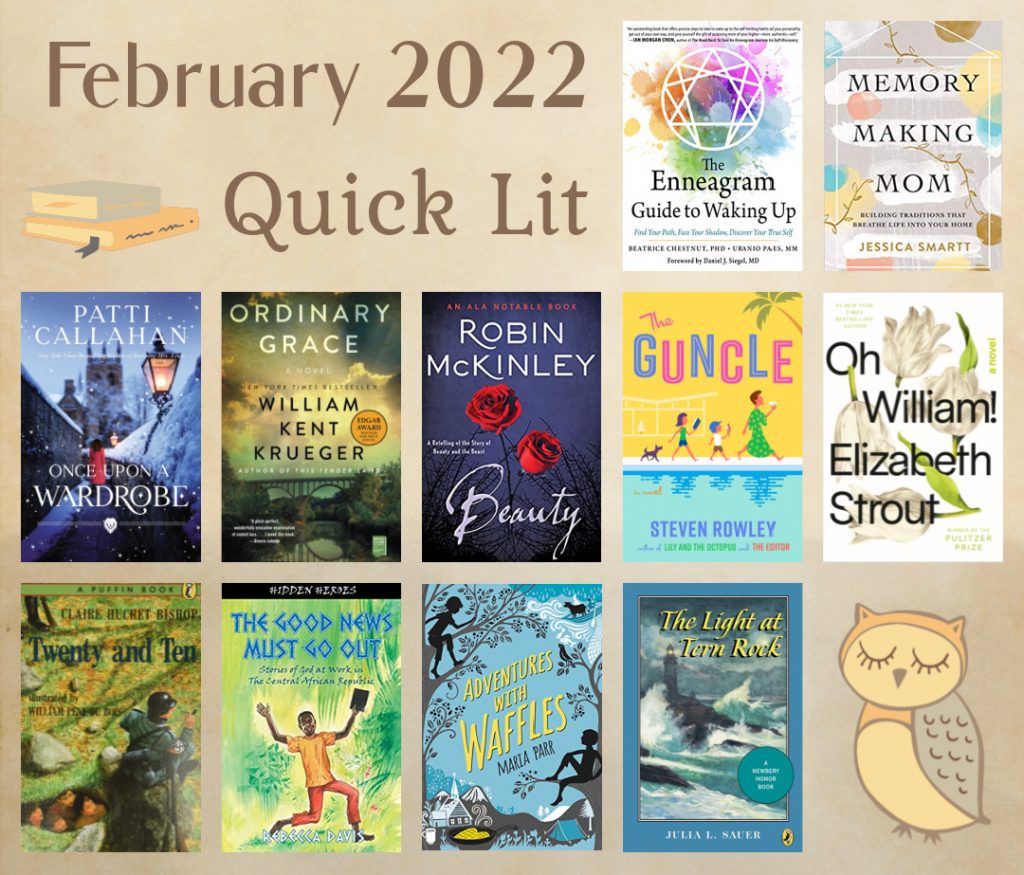
ADULT NONFICTION
The Enneagram Guide to Waking Up: Find Your Path, Face Your Shadow, Discover Your True Self, by Beatrice Chestnut and Uranio Paes: It’s rare for me to encounter anyone these days who ISN’T completely on board with the Enneagram, but among those who are still hesitant to embrace this personality framework, an often-stated hangup is that they don’t like the way it puts people in a box. One of the beauties of this system, though (and one aspect that sets it apart from most other personality frameworks) is that it is not meant to be stagnant, but full of paths towards growth and improvement. In this book, one of today’s leading Enneagram experts provides a comprehensive look at the growth potential written into the system. Chestnut focuses in on each of the nine types, drawing attention to each type’s unconscious tendencies and examining each number’s three subtypes, blind spots, pain points, and shadow. She shows how to further conscious growth shifts beyond each type’s fixed perspective by integrating the healthy qualities of adjacent and opposing types to embody more of the true self; this is done in part by harnessing each number’s wings and arrows to wake up from the zombielike state that we can fall into when we fail to practice self-observation and reflection.
There are a great number of Enneagram books out there. This one stands out for its focus on growth and its unique examination of the twenty-seven subtypes, which is Chestnut’s area of expertise. If you’ve had trouble seeing yourself in any of the nine prototypes, I’d recommend giving this book a read: you might see yourself in one of the subtypes, many of which fly under the radar of Enneagram generalizations and stereotypes.
I loved the information in this book, and especially appreciated the authors’ refusal to allow readers to remain stagnant within the weaknesses of their personalities and the nudge towards expansion and healing. I felt seen and understood in my Oneness, and was encouraged by the final words of advice for type Ones: “As you rise above your unconscious zombie tendencies of fixating on improvement and repressing your true feelings and desires, you liberate your energies and realize your essential unity with nature. The space that was filled up by the requirements of your inner critic then becomes permeated with a lasting sense of peace, freedom, and joy.”
I wouldn’t recommend listening to the audiobook, as I did; there is too much information to process all at once and this is best read a section at a time. This book works better as a reference book than a cover-to-cover read, but in the right context it’s definitely a worthwhile read. Even after years of studying the Enneagram I learned a lot with this one.
My Rating: 4 Stars // Book Format: Audiobook
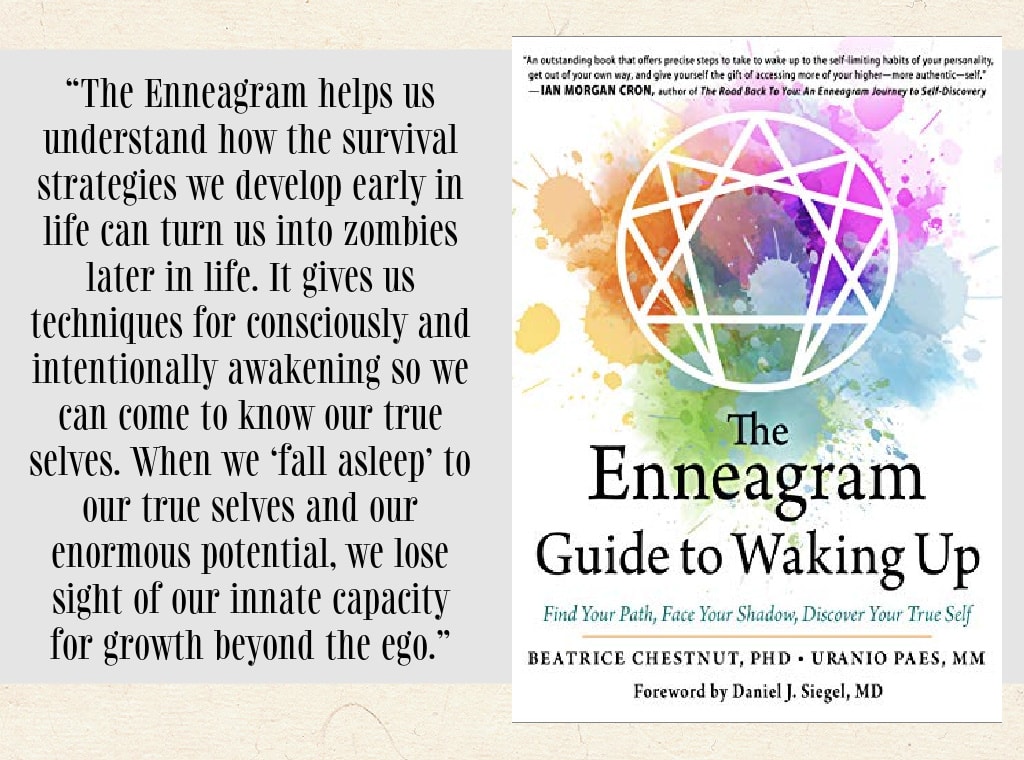
Memory Making Mom: Building Traditions That Breathe Life Into Your Home, by Jessica Smartt: My recent pondering on the importance of traditions, and a desire to build some more non-Christmas traditions into our family rhythms, led me to this book from a Christian homeschooling blogger and mom of three (hmm, sound familiar?). Three years ago, Jessica Smartt got a wake-up call when her son nearly lost his life due to an allergic reaction. The incident led Jessica to reevaluate her values, beliefs, and parenting practices and drove home her desire to “send [her] children off with memories for roots, love for wings,” knowing they are loved, understanding what they believe, and possessing the tools they need to succeed. Jessica concluded that traditions—“a planned determination to remember, celebrate, and value what is important”—were her answer to a hope for a regret-free life, and she began to seek them out for her family.
After a chapter making the case for the value of traditions (that offer security, provide comforting memories, make life sparkle, remind us what matters, make values real, connect us to others, and shower love), the book contains chapters dedicated to different types of traditions, from the conventional (holiday, food, and relationship traditions) to the unexpected (traditions related to service, beauty, learning, and work).
I came away from this book realizing how many traditions our family has (that I hadn’t realized WERE traditions, but that I’m now treasuring and prioritizing even more!), as well as ideas for some new traditions I’d love to try. I’m especially excited to implement some of the suggestions for service traditions and a few holidays we haven’t been celebrating. Parts of the book were a little stressful for me to read as they seemed to add unnecessary burdens onto my already-full plate, but the author does a good job of sharing what has worked for her and her family without implying parents must do all (or even some) of these things in order to succeed in building strong family memories.
This book isn’t exclusive to homeschoolers or to Christians, but many of the tradition ideas work best within this demographic. This makes for an engaging cover-to-cover read, but you could also buy it to keep on hand as a reference, pulling it out whenever you’re in need of inspiration for some new family traditions to adopt.
My Rating: 4 Stars // Book Format: Audiobook
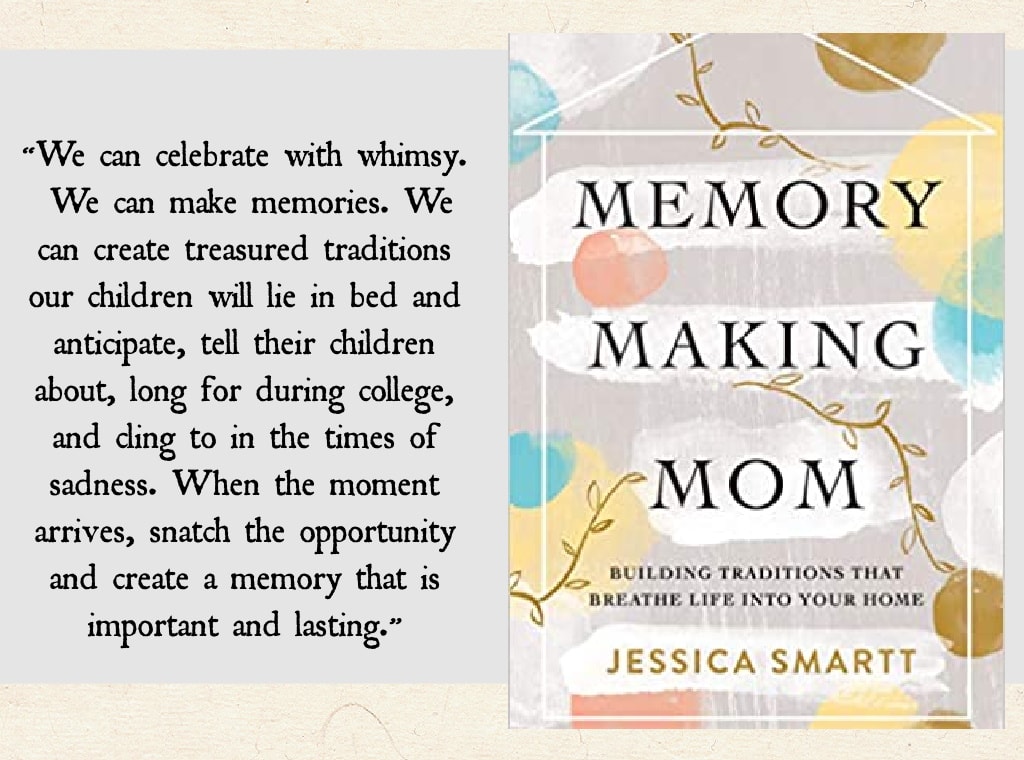
ADULT FICTION
Once Upon a Wardrobe, by Patti Callahan: Nine-year-old George doesn’t have long to live: he’s exceeded doctors’ expectations, but his heart (if not his spirit) is failing. George’s older sister Megs—a brilliant mathematician on scholarship at Oxford—is heartbroken by the pending loss of her brother. And though Megs doesn’t fully understand George’s fascination with imagination and storytelling, she will do anything to keep a smile on her brother’s face and hope in his eyes. So when George grows fascinated with a brand new novel called The Lion, The Witch, and The Wardrobe, Megs can’t refuse his requests to help him uncover Narnia’s origins.
Megs timidly connects with the book’s author, a professor at her school, and the two forge a friendship in which Mr. Lewis shares stories from his youth and Megs passes those stories on to George. Megs is frustrated by the stories that seem to hold no connection to the Narnia books: she wants straight answers to George’s questions, but as she recounts the tales of Mr. Lewis’s life to her brother, Megs and George work together to imagine a history for the author that is more complex and beautiful than anything science or math or easy answers could convey. Once upon a wardrobe . . . these two enthralled siblings uncover an understanding of story—where stories are born, how they connect us, and the ways they unite us to the epic story that is grander than us all.
Readers went crazy for this book in December, and the fanfare is well deserved: it’s very sweet, with notes of magic and legend, a quaint British flair, and ties to one of the most beloved children’s stories of all time. Fascinating facts about Lewis’s life, as well as Easter egg quotes from some of his most famous nonfiction books, are woven into this endearing story of family, love, and imagination. I LOVED this premise, and while I didn’t fully connect with the overarching story (I think I wanted a little more from the character of Megs?), I adored the ending. This isn’t necessarily a Christmas book, but I do feel it is best savored in winter.
My Rating: 4.25 Stars // Book Format: Kindle
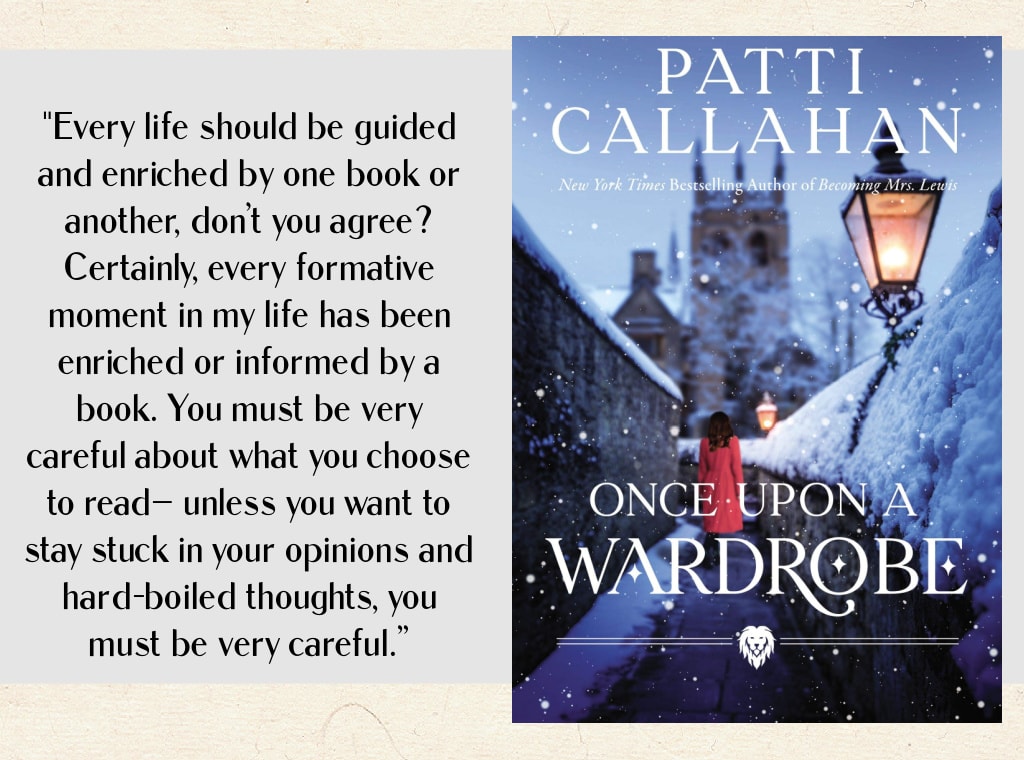
Ordinary Grace, by William Kent Krueger: In 1961, Frank Drum is the thirteen-year-old son of a small town minister in Minnesota. Life is simple but pleasant, but that all changes one summer when disaster strikes the town and then Frank’s family. In a matter of months, Frank encounters death in the form of an accident, nature, suicide, and murder. . . each death hitting closer to home and forcing Frank and his younger brother to mature beyond their years. As they confront the realities of human nature and grapple with faith, the two brothers encounter God’s ordinary grace in ways they never wanted to experience but could no longer live without.
This stunning coming of age novel is a backlist gem that I am so glad I finally picked up. Highly reminiscent of both To Kill a Mockingbird (my all-time favorite book) and The Dearly Beloved (another favorite), it is an artfully told story that explores important themes of grief, the loss of innocence, prejudice, and forgiveness without forgoing a gripping plot, strong sense of place, and exquisite prose. I loved the reflective narration of an older man contemplating a pivotal time in his life, and I like that this is a faith-heavy book without being particularly “Christian:” God is present in these pages, but moralizing is not, with faith woven into the fabric of the story rather than sitting uncomfortably atop it.
Frank’s father, Nathan, is an absolutely remarkable character. This Methodist minister is wise, compassionate, and a faithful husband, pastor, and father who abides by his morals and leads a life of integrity despite every reason NOT to. His role isn’t a particularly prominent one in the book, but his presence is felt throughout the story, grounding us in Atticus Finch fashion and providing an undergirding of assurance and hope in this sometimes-bleak story. Other characters in the book are not as admirable, but very believable and sympathetic in their shortcomings. I felt right at home in this Minnesota town that is both safer and far less stable than the world I live in, making this somewhat of a comfort read. (But don’t be fooled by the nostalgia; it is heavy and at times VERY sad; thankfully there is enough redemption to keep it from becoming depressing).
This book will easily be on my list of favorite reads this year.
My Rating: 5 Stars // Book Format: Kindle
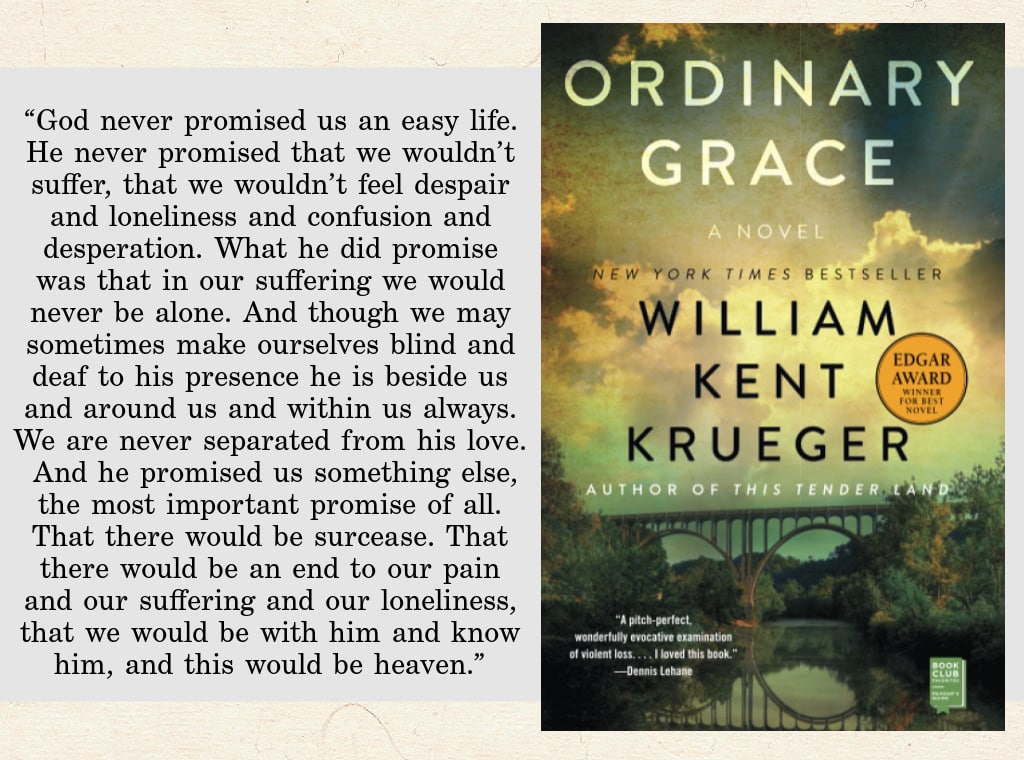
Beauty: A Retelling of the Story of Beauty and the Beast, by Robin McKinley: In this retelling of the classic French fairy tale, Beauty is the youngest of three daughters whose merchant father returns home from a journey with a harrowing tale: he was on his way home through a forest when he got caught in a storm and stumbled across a mysterious castle. Inside he encountered a ferocious beast who agreed to let him go on the condition that he would send one of his daughters back to the castle in his place. Beauty insists that she go, and once there. . . well, we all know how this love story turns out.
I’m on record as being a big fan of fairy tale reimagines and I am realizing I prefer retellings that preserve the general idea of the story but bring something fresh and new. I’ve never read the original Beauty and the Beast fairy tale, but I’m QUITE familiar with the Disney version (which happens to be my very favorite movie of all time) and found this retelling to be pretty similar: the backstory is different, and the castle’s enchantment is a little less whimsical, but the bones of the tale are the same. This familiarity made for a sweet and comforting read, but I kept hoping for more excitement that this retelling just didn’t offer.
Despite mild disappoint about the lack of originality in the plot, I quickly warmed to this version of Belle. . . I mean, Beauty . . . who is homely and bookish, but also kind-hearted, curious, and wise beyond her years. I cared less for the character of Beast, who is neither as ferocious nor as endearing as I wanted him to be, although this didn’t keep me from being charmed by the love story between the two. I have to admit, though, that some of the “problematic” aspects of this fairy tale stood out to me in this retelling in ways I’ve never noticed before. (Namely, the fact that Beauty falls in love with her captor . . . who happens to be MUCH older. . . all of which is a little creepy, even though the romance here is entirely chaste.)
This was first published in 1978 and I was struck by how different it is from contemporary YA novels. It is simpler and not at all scandalous, with no sexual content or profanity, which seem to be obligatory in today’s books for teens. I appreciated the innocence, and while I’m thankful that today’s YA books are a little more imaginative, I couldn’t help but feel nostalgic for the bygone era of early Young Adult literature as I listened to this.
My Rating: 4 Stars // Book Format: Audiobook
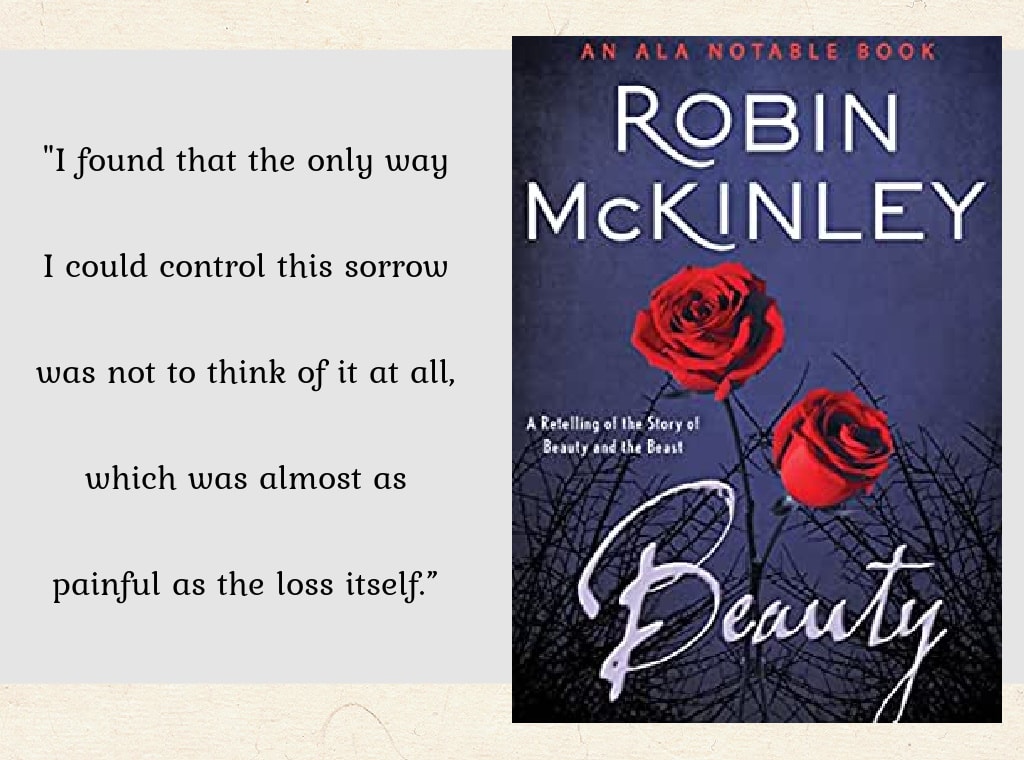
The Guncle, by Steven Rowley: Not so long ago, Patrick was a famous television star living a life of fame and fortune in LA. Now in his forties, Patrick has retreated into anonymity in the desert where he is barely holding it together after the loss of his great love and the stalling of is career. Patrick’s solitary life gets an unwelcome jolt into action when his best friend and sister-in-law, Sarah, passes away leaving behind two young children. When Maisie and Grant’s father also faces a health crises, Patrick—or “Gay Uncle Patrick” (GUP for short)—is asked to take on the role of primary guardian. Life in Palm Springs isn’t exactly suited to a six- and nine-year-old, and GUP isn’t exactly suited to life with kids. . . but together, this unlikely trio embarks on a journey towards connection and healing, with LOTS of slapstick humor and flamboyant charades along the way.
This book has amassed a huge fan club, and I can see why: it’s a heartwarming story with witty prose and a healthy balance of quirkiness and sentimentality. Philosophy and relatable commentary on family, grief, and resilience share the page with Hollywood lore, dazzling kaftans, and SO MANY gay jokes, bringing the human experience into a world and lifestyle that seems larger than life. Some reviewers have mentioned disappointment that this was not the lighthearted comedy they expected, but I was in favor of the heavier elements that kept this from feeling too fluffy.
Despite these high points, there was a lot about this book that didn’t work for me—namely, the characters. Grant and Maisie were not at all believable: Grant is six but talks and acts years younger, while Maisie reads much too old for her nine years. And the character of Patrick, with his flamboyant outfits and self-obsession, is too much of a stereotype; he breaks out of this mold as the book progresses, but the trope felt a little heavy-handed and at times made me pretty uncomfortable (as did the romantic elements, which are subtle but present and not to my taste). Beyond these character issues, there are some strange shifts in point-of-view that I found cumbersome, and Patrick’s too-mature conversations with his niece and nephew about identity and sexuality made me cringe. I know these issues won’t bother everyone, but they were enough to keep me from loving this book.
With its blazing Palm Springs setting, this is best read in the heat of summer (though I’ll admit it succeeded in bringing a little sunshine into my winter reading).
My Rating: 3.5 Stars (Rounded down to 3 stars on Goodreads.) // Book Format: Kindle
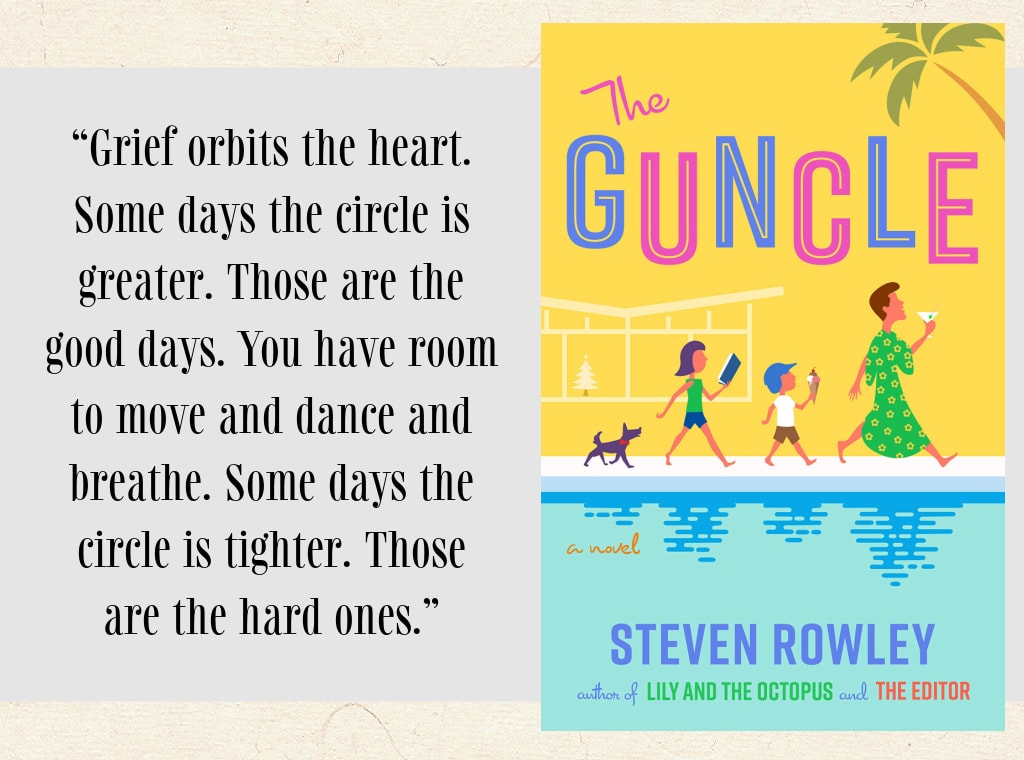
Oh, William!, by Elizabeth Strout: Lucy Barton is a memoirist who, in years of reflecting on her own life and the lives of those around her, has never fully understood one of the men who has been closest to her. William was Lucy’s first husband and now, many years later and even after their subsequent marriages (and ends to those marriages), they remain friends. But William continues to be a mystery. When William invites Lucy on a trip to investigate a long-lost family member, both Lucy and William come to understand their lives were never quite what they’d thought. In her haphazard but insightful and reflective approach to reminiscing, the fictional Lucy recounts a story about who we are, where we come from, and how much (or little) we know of those closest to us. Through loosely threaded memories we see into Lucy’s impoverished childhood, her unnaturally comfortable marriage to William, and all that went on before and since for both Lucy and William.
It’s difficult to say why this book struck a chord with me (though similar positive reviews tell me I’m clearly not the only one). The writing is spare and a little disjointed; the characters are not especially likable; and there is very little in the way of story. But something about Strout’s capturing of the human condition is mesmerizing: her observations are understated in their delivery but far from subtle in their impact. These characters feel so real, and Strout is not afraid to put their ugly thoughts, gritty experiences, and inconsequential moments to paper, resulting in a world that feels universal and ubiquitous despite its being drastically different from the world I actually inhabit. This is an extraordinary ordinary book that taps into themes of loneliness, grief, and trauma in ways that feel honest and real but not devastating.
This is technically a stand-alone novel. I have read both of the previous books in the series but recall little of them and found myself wishing I had read the books closer together, so I think I would recommend reading those first for an enhanced reading experience.
My Rating: 4 Stars // Book Format: Kindle
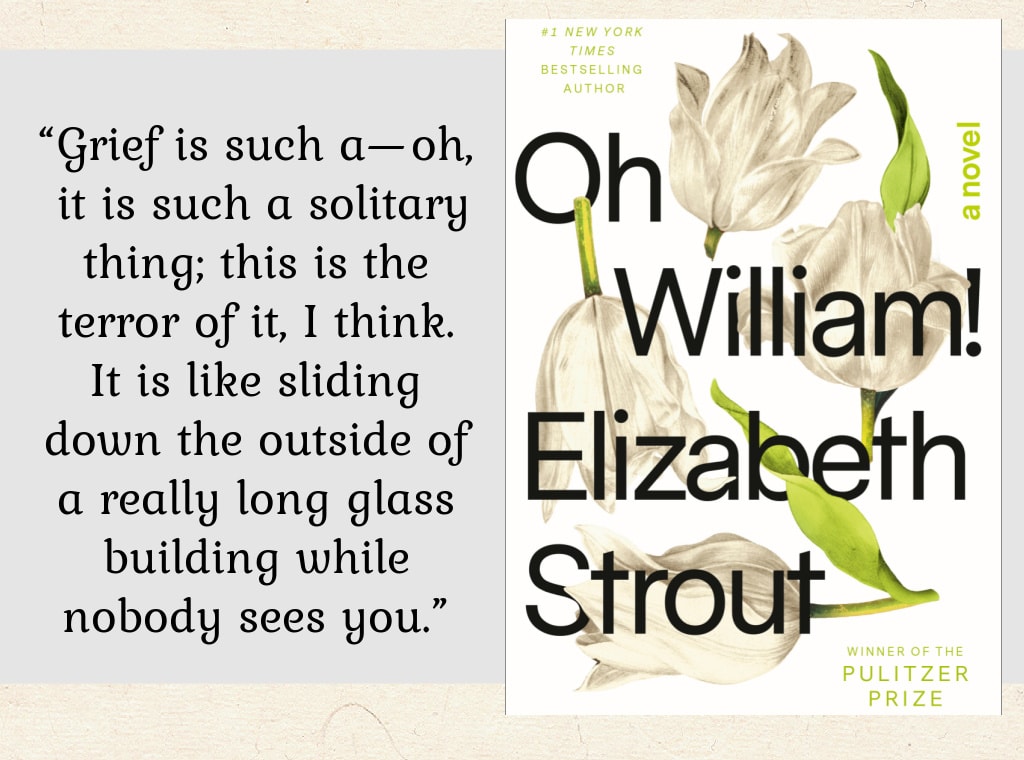
READ-ALOUDS
Twenty and Ten, by Claire Huchet Biship: Originally published in 1952, this book set in German-occupied France during World War II tells the story of twenty French schoolchildren who put their lives at stake by hiding ten Jewish children from the Nazis. With full knowledge of the dangers this might present, the twenty students welcome their Jewish guests with open arms, willingly sharing their small rations and sleeping spaces and, when the Nazis arrives on their campus, hiding the children and refusing to share their whereabouts.
This book clocks in at under a hundred pages, but don’t be fooled by the short length or intended middle grade audience. This book (which is based on a true story) grapples with challenging themes, conveying a terrifying story without overwhelming the young reader. I was personally inspired by these children’s kindness and courage and was eager to share their story with Charleston. This was his first introduction to this type of World War II novel and I wasn’t sure if he was ready to learn about things like the Holocaust and antisemitism, but this book was very much at his level and offered an entertaining story along with the historical and moral lessons.
My Rating: 4 Stars // Charleston’s Rating: 4.5 Stars // Book Format: Print
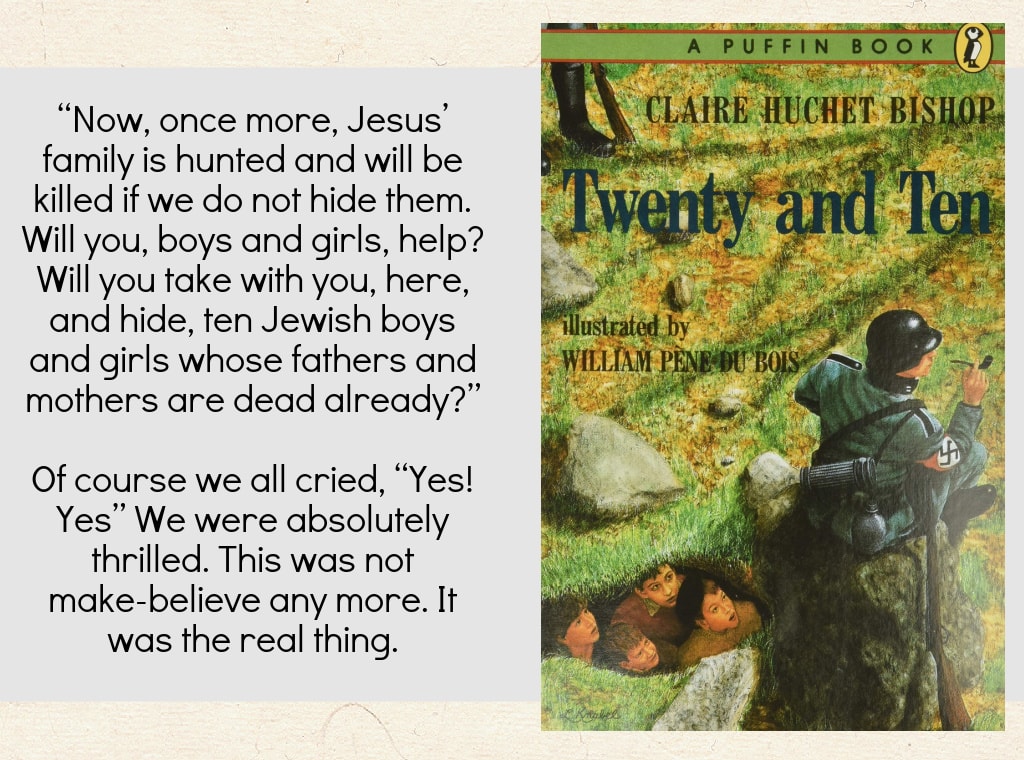
The Good News Must Go Out: True Stories of God at work in the Central African Republic, by Rebecca Davis: We’ve all heard and read about some of the great heroes of the Christian faith, but many Christian heroes go largely unrecognized. Their stories are the focus of this series about Christian missionaries who take the Gospel to other nations, where new believers continue to spread the Gospel throughout their home countries. This second book of the series tells the story of Margaret Nicholl Laird and her ministry in the Central African Republic in the early twentieth century. Margaret was one of the first missionaries to travel to the heart of Africa at a time when cannibalism was still a common practice, modern medicine was nonexistent, and white people were considered a myth. Though Margaret’s time in Africa was challenging, her faithfulness and dedication to the African people resulted in profound faith conversions and life change as people came to know the salvation and hope of Jesus.
The stories in this book are jaw-dropping and extremely inspiring/convicting for me in all of my twenty-first century American comfort and privilege. I loved seeing Margaret’s courage as well as the simple yet passionate and vibrant faith of those who received the Gospel as a result of her work. From the miracle healings to stories of entire villages turning away from sinful practices within a single generation, to powerful individual stories of forgiveness and sacrifice, this book is filled with excitement and faith.
I enjoyed sharing this book with Charleston, who was shocked and intrigued and also inspired by these stories. The writing style is a little dry, so we both had a hard time getting into the chapters despite the riveting stories. I would recommend this for a slightly older audience (maybe 10 and up), but I liked the conversations this sparked—between Charleston and me AND between me and God.
My Rating: 4 Stars // Charleston’s Rating: 4 Stars // Book Format: Print
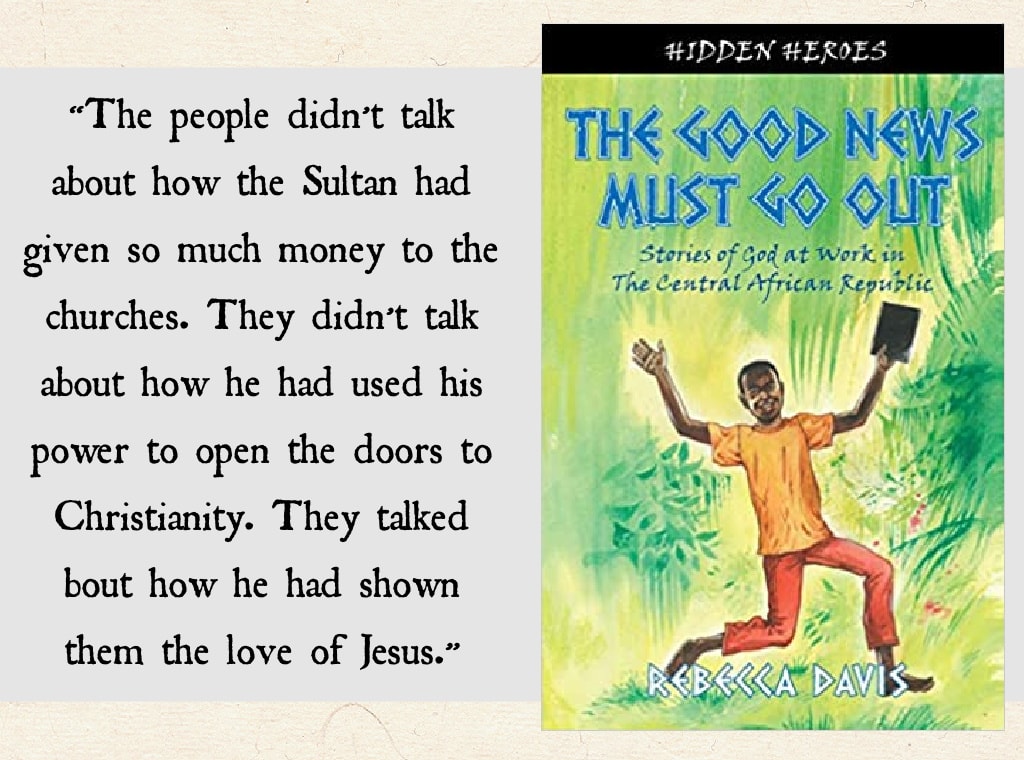
Adventures with Waffles, by Maria Parr: Trille and Lena are neighbors and the best of friends—at least, Lena is Trille’s best friend, but he’s still not too sure what she thinks about him. What he knows is that she is favorite partner in crime and that life with Lena is always an adventure. From rescuing animals and careening down snowy hillsides, to indulging in Auntie Granny’s delicious waffles and searching for a new dad for Lena, the twosome is always getting into trouble but, more than that, they’re always having fun. But life for these two isn’t always easy; together they must face the death of a loved one, misunderstandings, and a separation that they are unsure they will survive. Along the way they learn so much about loyalty, family, and how to show the ones we love how much we care.
This was one of our favorite family read-alouds yet! Trille and Lena are a delightful pair; their friendship and their adventures are so sweet and laugh-out-loud funny, with little nuggets of insight sprinkled in. I always appreciate kids’ books that are comical without resorting to inappropriate humor or poor behavior, as well as books featuring adults (and kids, too, for that matter!) who are funny but not a laughing stock. We enjoyed learning about the Norwegian customs and culture, and I liked the subtle Christian themes (present but not at all forced) and incorporation of harder subjects (like bullying, death, and loneliness) that are handled delicately but not the book’s focal point. Great for fans of Pippi Longstocking, In Grandma’s Attic, or the Vanderbeekers.
My Rating: 5 Stars // Charleston’s Rating: 5 Stars // Book Format: Print
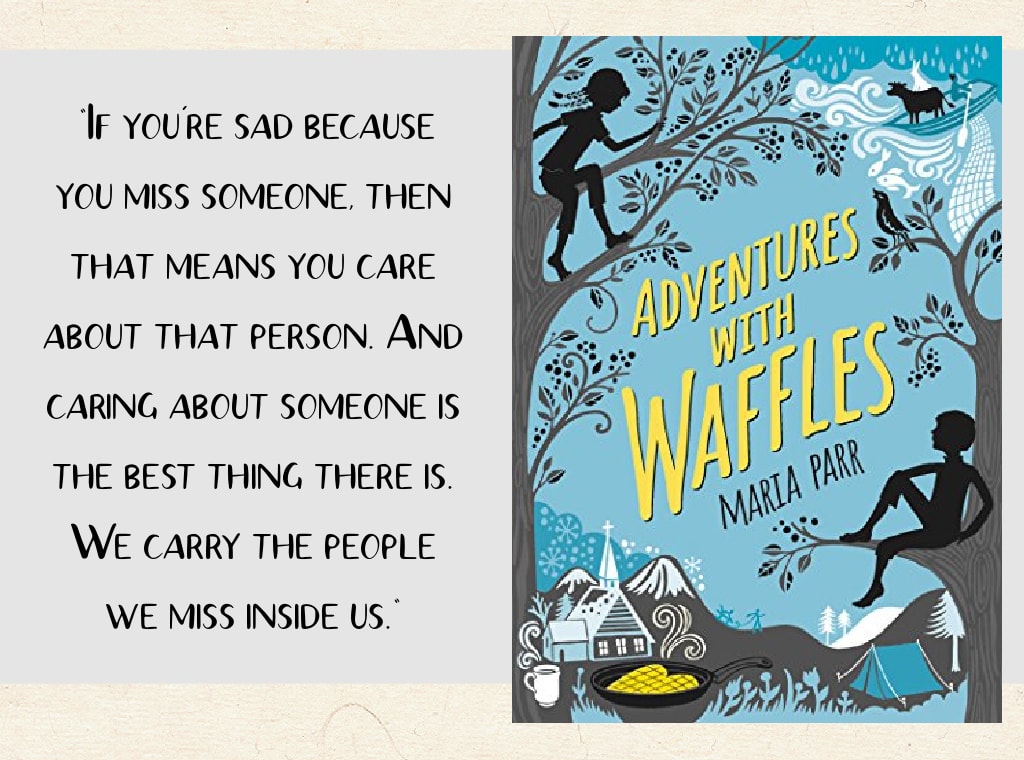
The Light at Tern Rock, by Julia L. Sauer: Ronnie and his aunt are spending a few weeks in December on the isolated Tern Rock, tending its lighthouse while the keeper takes a much needed vacation. Ronnie thrills to the adventures of lighthouse life, but when Christmas draws near and the keeper as not returned as promised, Ronnie begins to worry that they won’t be able to return home for the holiday. While Ronnie and Aunt Martha ponder the missing keeper’s whereabouts, they must decide: will they let this unexpected change in circumstances ruin their holiday, or will Christmas spirit reign in their hearts and in the lighthouse this season?
This is a short and charming story. Our curriculum had us reading the book in January, and if I’d realized ahead of time that it was a Christmas story we would have read it a month earlier. Despite reading out of season, Charleston and I both found this story heartwarming, if slightly too “Hallmark Movie.” The lighthouse setting is exciting and different, and the book sparkles with themes of optimism, integrity, kindheartedness, and making the best of a disappointing situation.
This was published in 1951, and the flattened characters and minimal plot are reflective of writing styles of that time (or at least of children’s books I’ve read from that period). Overall, though, this was an enjoyable book with a good message and lovely Christmas spirit.
My Rating: 4 Stars // Charleston’s Rating: 4 Stars // Book Format: Print

Have you read any of these titles? I’d love to hear your thoughts. What have you been reading lately?
I read Ordinary Grace when it came out. I loved it so much. I still haven’t read This Tender Land which I am sure I will also love!
So glad to see you read and enjoyed Adventures with Waffles. I have a soft spot in my heart for Norwegian children’s books (since I’m Norwegian).
I agreed EXACTLY with your thoughts about Ordinary Grace—how I loved that book! I waited breathlessly to see what you’d think, and I’m so glad that you liked it, too!!
SO good!
I loved Ordinary Grace as well! 🙌